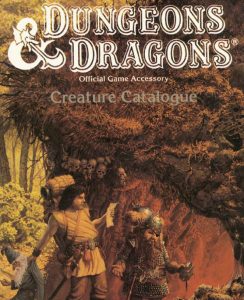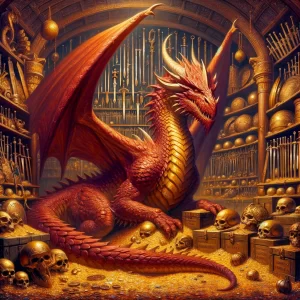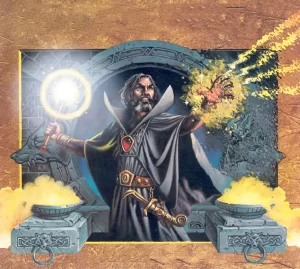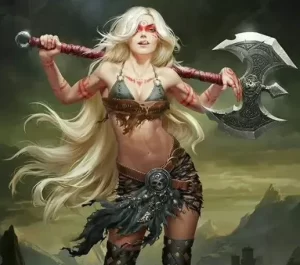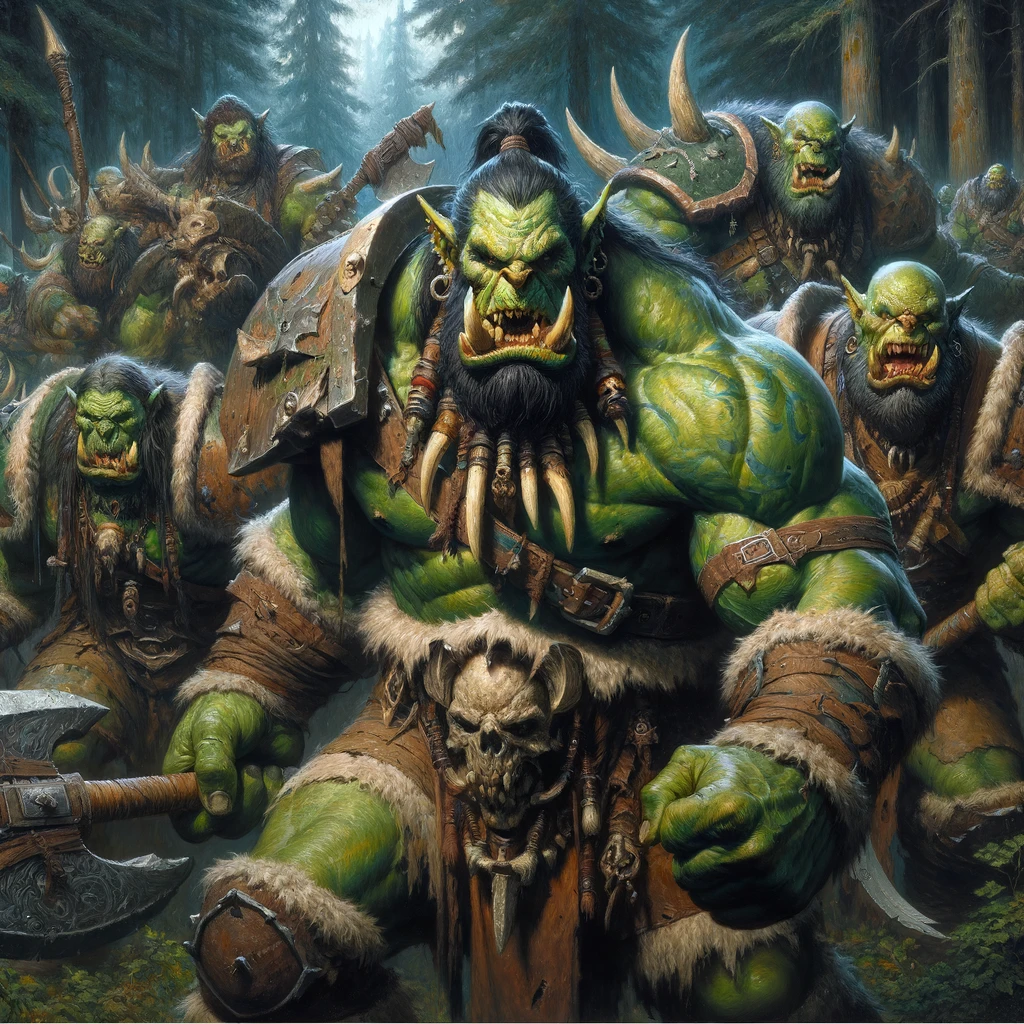
Orcs, the embodiment of destruction, devastation, and untamed strength, exult in chaos and thrive on the thrill of conquest and bloodshed. These towering warriors, standing up to eight feet tall, are manifestations of ferocity, always hungering for a battle, their intimidating physique a testament to their inherent combat prowess. As they mature, the males accumulate colossal muscle mass, especially around the neck and shoulders, lending them an almost grotesque bulkiness compared to mere human beings.
Their lower canines, ever-developing into elongated and fearsome tusks, are a mark of pride, symbols of the raw power they wield. The skin of an orc, with tones varying from the earthy brown of dense forests to the haunting green of a stagnant, forgotten lake, becomes more pale and mottled as they age. The females, although paler and more robust around the hips, sport smaller tusks, but their presence is no less striking.
Adorning themselves in multiple layers of hide and furs, often taken as trophies from beasts they have personally slain, an orc's attire carries with it an unforgettable fragrance-a pungent mix of stale sweat, clotted mud, drying blood, decaying fur, and unidentifiable odors. For the orcs, this is not an off-putting stench, but a proud marker of their virility: 'strong smell, strong orc,' so goes their adage.
Though they have the capability for craftsmanship, orcs find no joy in subtlety or finesse. Their weaponry, rudimentary yet devastating, resonates with their nature: heavy, single-edged blades, axes, and cleavers wielded with brutal strength rather than skill. Primitive tribes even employ spears and bows, but these are exceptions in a culture that venerates the raw power of melee combat.
In the world of orcs, brute strength reigns supreme. Cunning, predatory instincts, and selfish scheming are merely ancillary to their primal need to dominate and overpower. The chieftains of the orc tribes are hulking monoliths, living landscapes of scars, muscle, and unrestrained aggression. Their rule is transient and precarious, for if they cannot display their strength constantly, they will be usurped or annihilated. A chieftain's wisdom lies in keeping his tribe restless, always on the move, their aggression directed outwards, ready for war.
Orc tribes are as large as a chieftain can control, and a true warchief can command hundreds, creating a horde that is a fearsome sight to behold. The scarcity of females in orc tribes (one in ten or even one in twenty) adds to their brutal dynamics. Mortality rates are high, especially during childbirth, and females are seen as valuable resources rather than equals. While tribes fight to the death for control over females, a female orc's opinion on matters of war and leadership is met with indifference or outright contempt.
Raised by the elders, young orcs are nurtured in a cauldron of fierceness and a uniquely honorable warrior culture. By the age of ten, an orc is ready to take on adulthood, often tasked with hunting and slaying dangerous beasts with bare fists or participating in raids. They wear their accomplishments as tattoos and scars, self-inflicted tokens that narrate their histories, their exploits etched into their very flesh.
Their nomadic life is a relentless quest for targets, villages to pillage, travelers to ambush, or hunting trophies to compete over. Their makeshift villages of yurts are temporary abodes, the chieftain's dwelling set apart, a symbol of strength and a tactical choice to avoid potential rivals.
Orcs carry their belongings and their belligerent reputation with them, sometimes settling in ruined forts or sacked towns, leaving their mark in the form of orcish graffiti. In rare instances of prosperity, they might settle for extended periods, but boredom and the call for excitement usually drive them back to their wandering, destructive ways.
Driven by an insatiable need to prove their bravery and power, orcs turn everything into a competition, from seeking the strongest enemy on the battlefield to consuming fiery peppers. This compulsive need for challenge makes them predictable yet dangerously zealous. Insinuating their inability to perform a task is a sure way to manipulate them, though the balance between subtlety and challenge must be perfect, lest one incites their wrath in personal combat.
Disdainful of the trappings of the civilized world, orcs see their brutal way of life as the only path to true strength. The comfort of riches is merely a testament to their warrior prowess, not a sign of softness. Their language, composed of deep, guttural vowel sounds, reflects their very nature, and their endless strength-testing determines their place within the tribe.
The names of orcs, such as Dugluk, Gorgum, Goshok, Gursha, Koshog, Kuzgol, Shugdosh, Ushak, and Uzgog, resonate with their essence. Epithets like Battle-Roarer, Blood-Axe, Head-Taker, Many-Sons, One-Eye, Skull-Smasher, The Scarred, Tusk-Puller, The Unkillable, War-Bringer, and Worg-Master add layers to their identity, echoing their deeds and their position within the tribe.
In battle, orcs may attack in a massive wave, but each fights as an individual, full of disdain for stealth and tactics. Charging headlong with thunderous battle cries, they seek personal glory, targeting the most fearsome opponents, especially elves and dwarves, due to ancient feuds. Their bravado often leads them to fight to the death, though in rare moments of perceived safety or observed cowardice by others, they may flee, risking humiliation and physical punishment from the tribe.
Orcish culture is a tapestry of raw power, relentless ambition, and an unbreakable warrior code. It is a world where the strong thrive, and the weak are left to the merciless embrace of oblivion. The orcs stand as a testament to a life lived on the edge of a blade, a life that is both terrifying and fascinating in its purity of purpose and intensity.
